The Early Laps of Stock Car Racing
A History of the Sport and Business through 1974
It is a challenge to write a history of the sport of American stock car racing. While it is a relatively simple matter to write a book about the topic, producing a monograph that poses questions, provides new insights, and offers thoughtful interpretations about the sport is an entirely different proposition. Only very recently have historians produced scholarly monographs on the sport that differ greatly from the usual fare that is produced, which usually dwell exclusively on NASCAR, the National Association for Stock Car Auto Racing, and which tend to be little more than hagiographies of William Henry Getty “Big Bill” France and the France family. There is also a marked tendency in these books to endlessly repeat the legends, folklore, and mythology of the sport, which inevitably (and usually, greatly) exaggerates the involvement of those involved in the illegal alcohol business as well as misunderstanding the roles of those who were involved in such dealings. Historical nuance and complexity usually tend to take a backseat to journalistic bombast and paeans to NASCAR and the France family, directed at an audience of enthusiastic racing fans.
One Helluva Ride: How NASCAR Swept the Nation (Villard Books, 2008), The Wildest Ride, Or How a Bunch of Good Ol’ Boys Built a Billion-Dollar Industry Out of Wrecking Cars (Simon & Schuster, 2001) by Joe Menzer, American Zoom: Stock Car Racing from the Dirt Tracks to Daytona (John Wiley and Sons, 1993) by Peter Golenbock, NASCAR: A Celebration (Carlton Books, 2002) by Bob Latford, and NASCAR: The Definitive History of America’s Sport (Harper Entertainment, 2000) by Mike Hembree, are but a sampling of the books that have been about the history of American stock car racing in the form of NASCAR and Big Bill France. These books were all written by sports journalists and not historians—and it certainly shows. While often quite entertaining, it is an understatement to suggest that little is provided in the form of intellectual sustenance or historical heft in these books. One could argue, of course, that such notions are not the intent of those kinds of books; however, one could then respond that there is far more to writing history than simply writing about the past.
Among a sampling of the recent scholarly monographs that address the topic of American stock car racing are: Lost Revolutions: The South in the 1950s (University of North Carolina Press, 2000) by Pete Daniel and From Moonshine to Madison Avenue: A Cultural History of the NASCAR Winston Cup Series (Bowling Green State University Press, 1997), works that focus on the sport through the lens of cultural history; and, NASCAR Nation: A History of Stock Car Racing in the United States (Praeger, 2010) by Scott Beekman and Real NASCAR: White Lightning, Red Clay, and Big Bill France (University of North Carolina Press, 2010) by Dan Pierce, which provide somewhat broader narratives of the sport. The contrast between these works and those written by sports journalists is, generally, as day is to night.
NASCAR and Bill France are, of course, at the epicenter of any discussion of the history of American stock car racing. However, the secretive, enigmatic ways of NASCAR and the France family (which are, for all intents and purposes, essentially one and the same) tend to make delving too deep into some issues or raising certain questions regarding the operations of NASCAR and the France family difficult to nearly impossible. For instance, financial information on the organization and the family, even from the early years, tends to be scarce, still very closely held, even after all these years.
Nor does it seem that NASCAR and the France family take kindly to criticism or being questioned. It could be suggested that the France family and NASCAR also tend to view history as not only a commodity but something that can be manipulated and revised to suit their purposes. Perhaps it is telling that NASCAR does not have an academically trained historian on staff (something which scarcely makes it unique in the world of sports) and that the historian of the NASCAR-licensed NASCAR Hall of Fame in Charlotte, North Carolina, is a former NASCAR employee (he worked as the Director of the Archives for the International Speedway Corporation and then in the NASCAR public relations office as Coordinator of Statistics) and an artist, not an academically trained historian. While this is simply an observation, even if a bit of a snarky one, it reflects on the previous point that many of the histories of NASCAR tend towards not only echoing another, but also tend to hew to what might be considered the NASCAR party line.
What then to make of The Early Laps of Stock Car Racing by Betty Boles Ellison, who would seem to be yet another in the parade of journalists turned historian? I would suggest that, in regards to the NASCAR/Bill France way of doing business, this might just be a very good book. On the downside, Ellison’s treatment of the sport’s and the organization’s history, well-intended as it may be, remains ultimately superficial because it fails to show a similar measure of critical thought. The rather canned, episodic season reviews that are the mainstay of many of the book’s chapters seem to be little else than an excuse to emphasize the deaths that occurred in NASCAR racing or weave in what at best is often extraneous, even trivial information.
Several chapters are interesting and done well, such as Ellison’s account of African American drivers in chapter five, “A Lily White Sport,” or chapter 19, “The Man That NASCAR Kept Overlooking,” which provides a look at Wendell Scott, the only African American driver to win a NASCAR Grand National race. Elsewhere, however, Ellison is less successful in her attempts to provide a history of American stock car racing, especially its origins and early years. Rather than one more attempt to plow the furrows of NASCAR, one wishes that Ellison had devoted attention to stock car racing during the interwar years, especially in the United States as a whole, not just the South and Southeast. Ellison does hint at this topic at various points early in the narrative, but never develops it.
Conspicuously absent from Ellison’s bibliography is the work of sports geographer Richard Pillsbury. In his pioneering 1974 article, “Carolina Thunder: A Geography of Southern Stock Car Racing” (Journal of Geography, Volume 73), Pillsbury challenges the oft-held notion of stock car racing being a distinctive Southern phenomenon. Pillsbury also finds it questionable that those in the illegal liquor business, the moonshiners, were a significant force in the development of stock car racing. In recent years, others are also questioning the roles and the nature of the involvement in American stock car racing of the moonshiners. There are suggestions that while there were certainly those involved in both stock car racing and the illegal liquor business, their actual numbers are open to question, to say nothing of there being very serious doubts as to their being the “originators” of American stock car racing. Unfortunately, Ellison seems to be very uncritical of Tim Flock’s tale of the Stockbridge, Georgia, track and very accepting of the other aspects of the moonshiner and stock car racing mythology. In essence, she generally parrots the usual myths regarding the moonshiners, as do so many others.
To give credit where credit is due, Ellison does, however, bring attention to the Big Bill France-created myth of the crooked race promoter. According to this tale (it is given in some detail in The Racing Flag: NASCAR – The Story of Grand National Racing, co-authored by reporter Bloys Britt and Bill France, Pocket Books, 1965), one that NASCAR clung to and touted as the official party line for decades and decades, the rationale for the creation of NASCAR was to protect drivers from greedy, larcenous promoters who would promote a race and then abscond with the gate receipts without distributing the purse to the drivers, denying them their prize monies. Ellison suggests that this was a ploy to deny the heavy involvement in NASCAR. That it might also cast aspersions towards race promoters in general—such as France himself—seems not to have been a factor in the myth. As Ellison notes, few seem to have been able to remember or have discovered only a very few, rare instances of these unscrupulous race promoters, scarcely a problem on the order that France made it out to be.
In a later, 1989, article, “A Mythology at the Brink: Stock Car in the American South” (Sports Place: An International Journal of Sports Geography, Volume 3), Pillsbury suggests, in the conclusion to the article that, first, that the mythology of stock racing as being Southern was at its brink, and second, that the sport was becoming nationalized. While events would seem to support his latter point, the former seems to be still either teetering on the brink or is so embedded in the American mythos that it might be only in years to come that it is finally dispelled. These important aspects of stock car racing get very little attention by Ellison even though these factors would seem to easily fall within the timeframe she explores.
With the absence of any discussion similar to that devoted to NASCAR of the many other groups or sanctioning bodies in American stock car racing by Ellison, sharing a fault all too common to this topic, it is difficult to even begin to consider it as being truly a history of stock car racing. Again, to give credit where credit is due, Ellison does give at least some coverage to some of those groups in competition with NASCAR during its formative years. However, the stock car racing activities of the American Automobile Association (AAA), the United States Auto Club (USAC), and others (some examples being, for instance, IMCA and MARC/ARCA) are largely absent from the narrative. This tends to deprive the book of any larger context, making NASCAR once again the Alpha and Omega of American stock car racing, essentially ignoring or disregarding any other aspects of the sport outside that of Bill France’s organization.
Various factual or interpretative errors appear in The Early Laps of Stock Car Racing, some of which may not be due simply to the gremlins that have plagued the publication of books since Gutenberg or the lamentable near-absence of editing. While it is evident that Ellison conducted what certainly appears to be a great amount of research, this does necessarily mean that it is well researched in many instances. Ellison’s treatment of William K. “Willie K” Vanderbilt, Jr. suggests a lack of understanding of his roles in the Automobile Club of America and events such as the Briarcliff Cup held in New York’s Westchester County and the Grand Prize for the ACA Gold Cup held in Savannah, both in 1908. Neither Vanderbilt nor the Motor Cups Holding Company (which Ellison erroneously calls the Motor Car Holding Company) were involved in the promotion in either event: the Briarcliff event was conducted by the Automobile Manufacturers’ Committee whose chairman was Robert Lee Morrell; the promoter of the ACA Grand Prize event was the Automobile Club of Savannah. In either case, Vanderbilt was not involved in the promotion of the events as suggested. The Motor Cups Holding Company, incidentally, was not formed until 1909, its sole purpose being to coordinate the running of the Vanderbilt Cup and the ACA Grand Prize events.
Although Ellison does use 1908 as the year of origin for American stock car racing, she fails to provide or discuss the context for selecting that date: in its revision of the Racing Rules for 1908, the Racing Board of the AAA included definitions for “stock chassis,” “stock cars,” and “touring cars,” this being a deliberate shift in emphasis it wished to place on the types of automobiles participating in American automotive contests, this being a move away from specially-built racing machines to those based on production cars. This would be a bone of contention between the AAA and the ACA after the schism developed between the two organizations during 1908.
Ellison’s discussion of the promotion of the prewar races held at Daytona Beach could have benefited from what is admittedly a secondary source, but one that in some cases provides a more complete picture of some of the issues raised: Greg Fielden’s High Speed at Low Tide (Galfield Press, 1993). While Fielden does not provides citations for his material or even a bibliography, which are all too typical of works devoted to “auto racing history,” combined with those sources that Ellison uses from her research, perhaps a clearer, more coherent picture of these events might have emerged.
In view of the fact that Ellison seems at her most engaged and decisive when she zeroes in on the business dealings of Bill France and NASCAR, one is inclined to suggest that that is the book she may have really wanted to write. It should be clearly understood that Ellison is not yet another hagiographer of Bill France. Instead, she poses tough questions and her digging through the murky waters that surround the finances of NASCAR, especially in its formative years, suggests answers that are not likely to please NASCAR and the heirs of Big Bill and “Annie B.” France. In doing so, she treads where very few have either dared or even thought to go. A cynic might suggest that such boldness would jeopardize the quid pro quo—read: press credentials and access as an incentive for friendly coverage . . . Perish the thought that the pen might not be mightier than the wrath of NASCAR.
Ellison’s research in these areas brings to the surface some interesting artifacts, one of the most important being copies of the actual papers filed by France for the incorporation of NASCAR in 1948. This document is very much at odds with what was presented to the press and the racing community at the time. Rather than an organization composed of drivers, car owners, and promoters, all participating in the governing of the new organization, France ensured that NASCAR was his, with only a very select few being allowed to have a voice—and none louder than his. In essence, Ellison suggests that NASCAR was a source of wealth for France and his family. As a result of much digging and literally doing the math, Ellison establishes that the average purse at NASCAR events was generally in the +/- 10 percent range of the gate. This, Ellison suggests, means that NASCAR and France rarely had a loss on a race they promoted. This, as she also suggests, was a serious area of contention and friction between NASCAR and the drivers and car owners.
Given the many details that Ellison provides on the finances of NASCAR and the France family along with the consequences and conflict they led to, one wishes that she had made this the focus of her book. Ellison’s knowledge and evident familiarity with handling the fiscal issues of NASCAR is all too often diffused with the many diversions and vignettes that are tossed into the narrative which ultimately make the book very frustrating to wade through.
However, given the paucity of monographs on NASCAR that attempt to tackle the history of that organization from a different perspective, there is still much to suggest that Ellison’s book (among the few to bother with such things as endnotes and a bibliography) does deserve a place literature of American stock car racing and on the bookshelf of the automotive competition historian.
Copyright 2014, Don Capps (speedreaders.info).


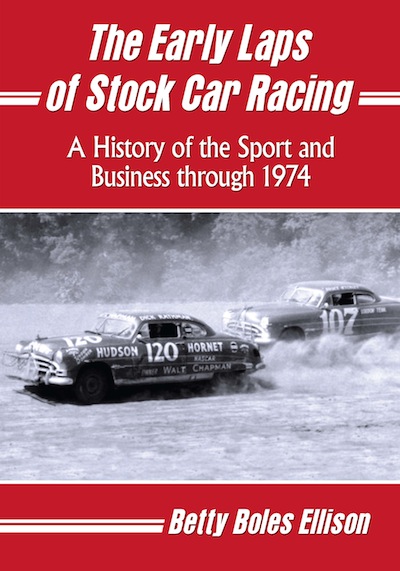
 RSS Feed - Comments
RSS Feed - Comments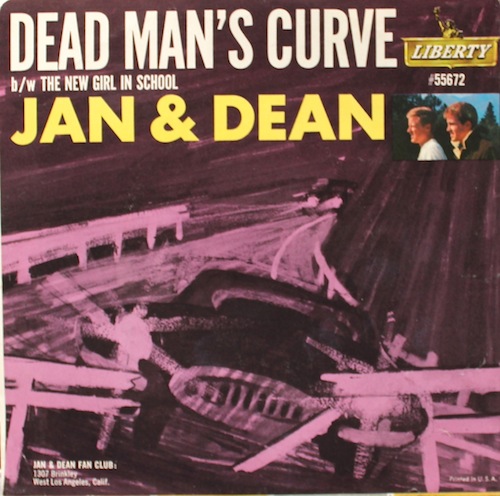



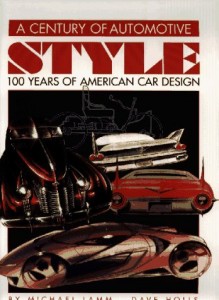






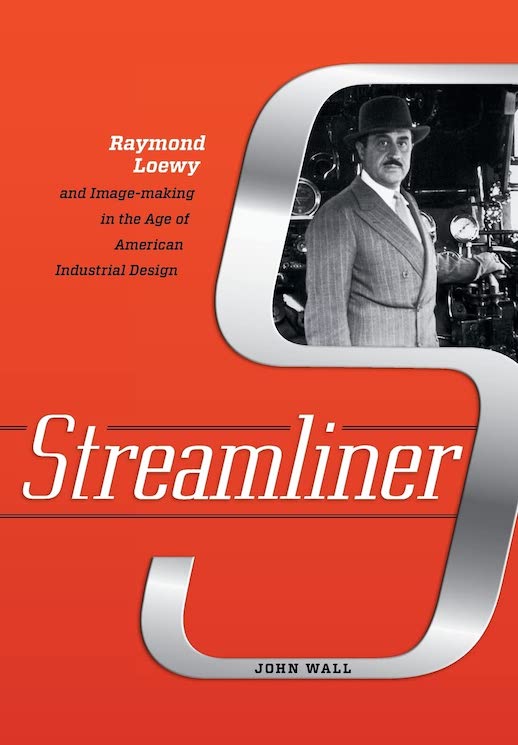




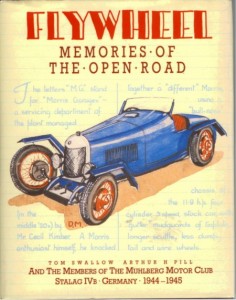
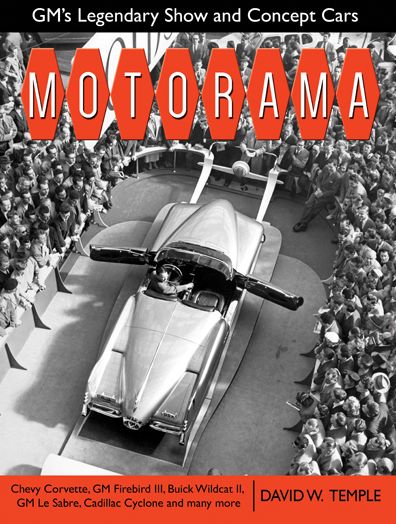
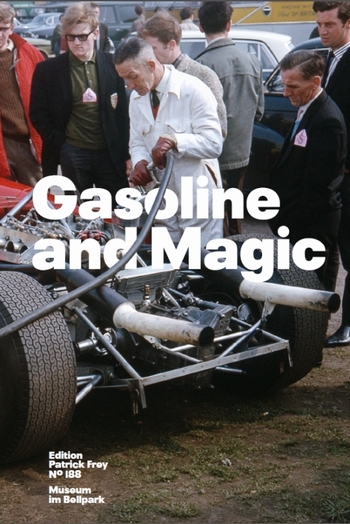


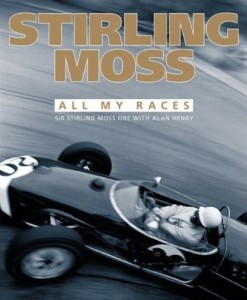






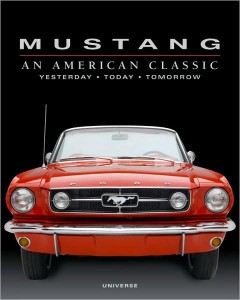






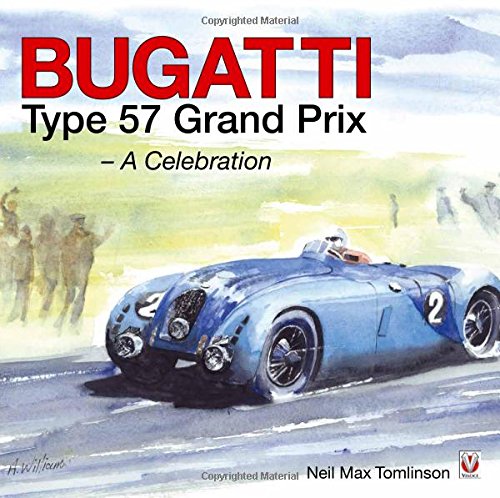



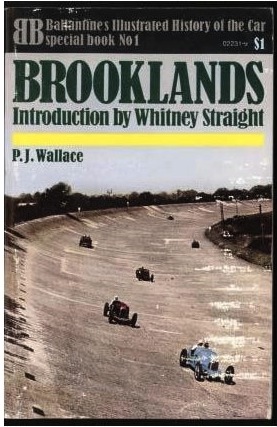


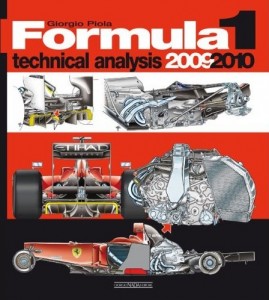
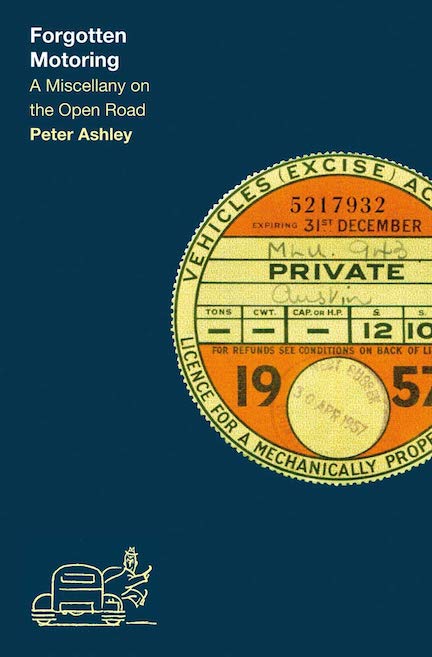

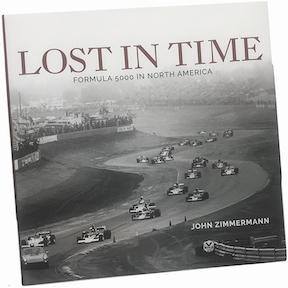


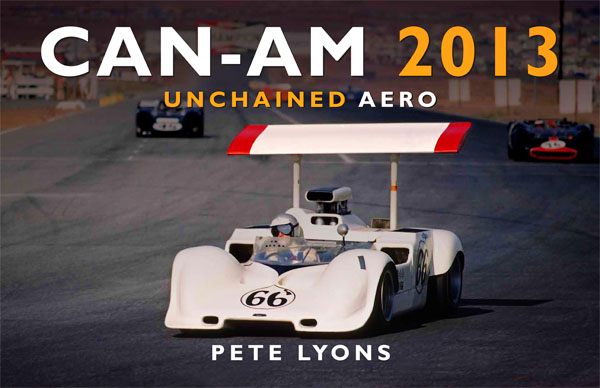
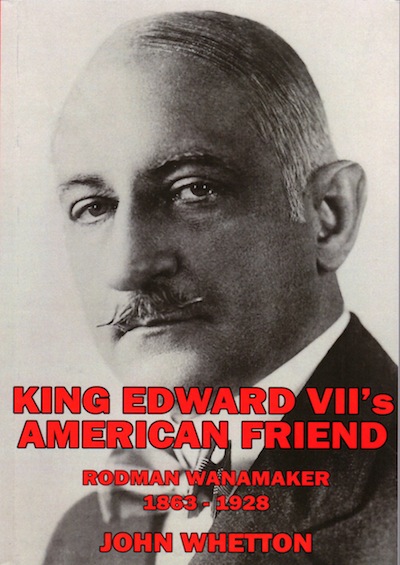
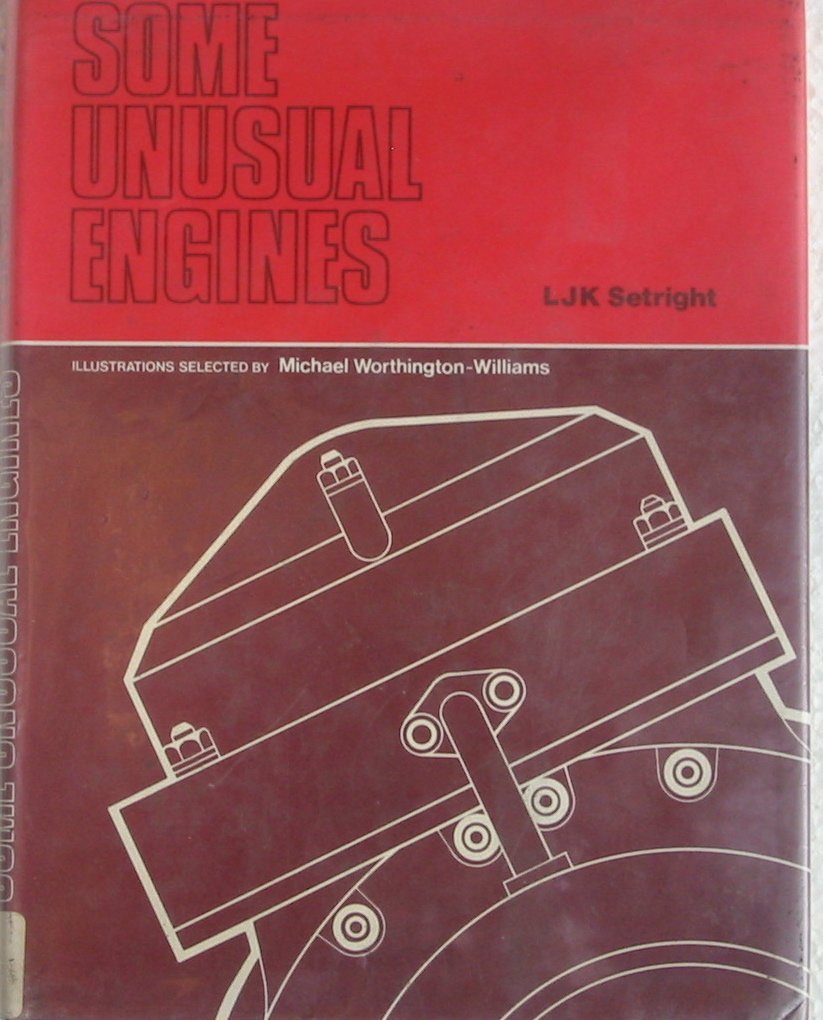
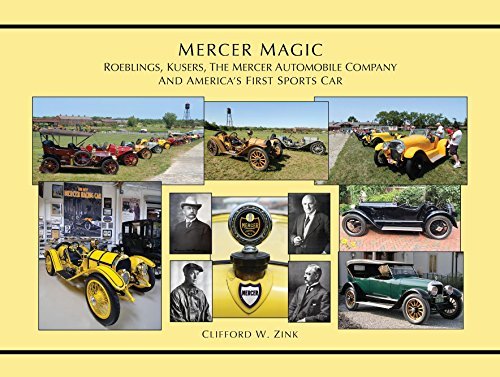
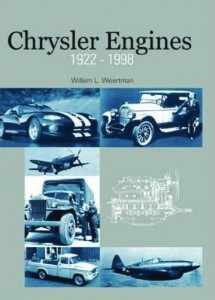




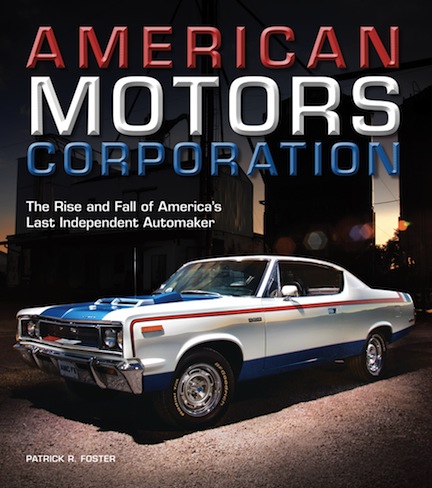


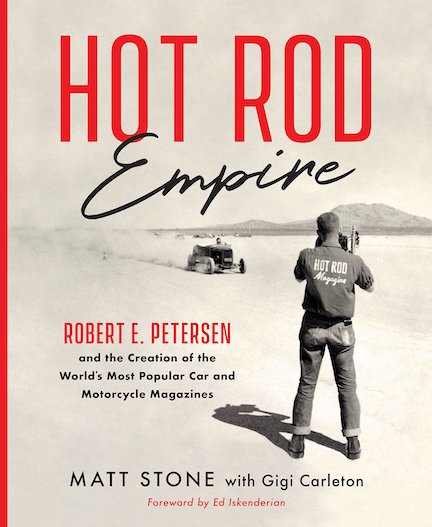



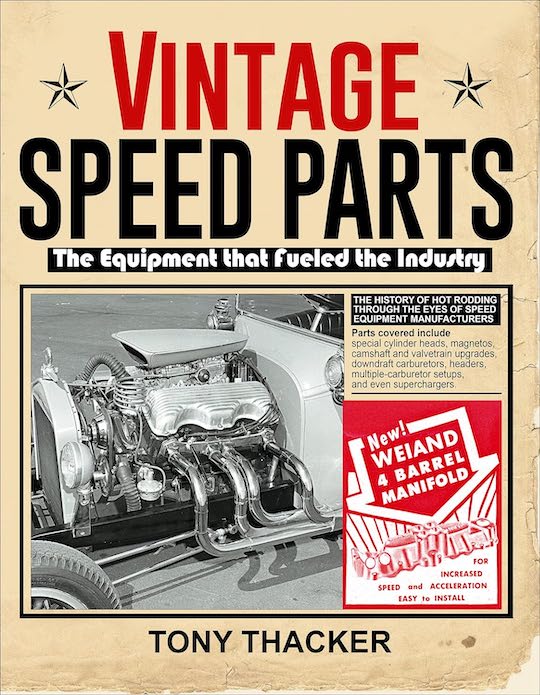





 Phone / Mail / Email
Phone / Mail / Email RSS Feed
RSS Feed Facebook
Facebook Twitter
Twitter